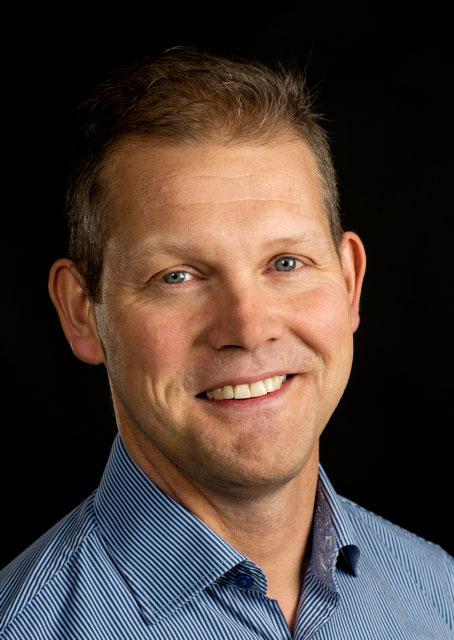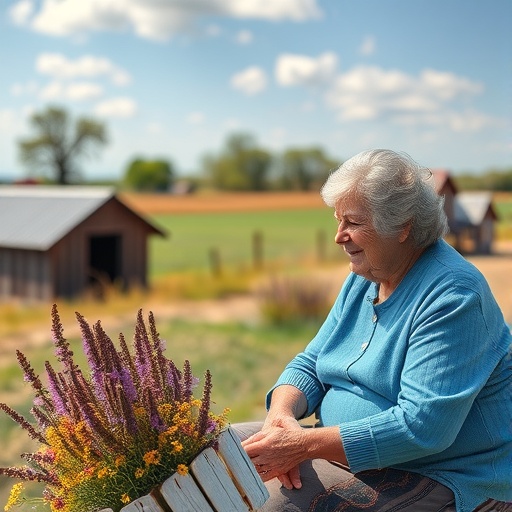
Credit: Photo by Johan Wingborg
By comparing thousands of bacterial genomes, scientists in Gothenburg, Sweden have traced back the evolutionary history of antibiotic resistance genes. In almost all cases where an origin could be determined, the gene started to spread from bacteria that, themselves, can cause disease.
While human DNA is only passed down from parent to child, bacteria also have the habit of sharing some of their genes across species. This often applies to genes that make the bacteria resistant to antibiotics.
The use and overuse of antibiotics provide an advantage to those bacteria that have acquired resistance genes, thus further promoting the spread of resistance and making it more difficult to treat infections. This development threatens large parts of modern healthcare.
The rapid advances in DNA sequencing during the last decade has made it possible to study bacterial evolution much more effectively than ever before. This is an important background to the new study, published in the scientific journal Communications Biology.
The team from Gothenburg explored the scientific literature for claims of recent origins for antibiotic resistance genes, added information from public DNA-sequence-databases, and scrutinized the evidence at hand. While antibiotic-producing bacteria often are speculated to be the source for antibiotic resistance genes (as self-defence), this was not what the scientists found. None of the origin species found are known antibiotic producers. Strikingly, all verified origin species, except one, are known to cause disease, at least from time to time.
Professor Joakim Larsson, senior author of the study and director of the Centre for Antibiotic Resistance Research at University of Gothenburg, CARe, comments on the finding:
“Given that the overwhelming majority of bacteria are harmless to us, it was quite surprising that these genes almost exclusively came from bacteria causing disease. On the other hand, it makes some sense since such bacteria often trigger antibiotic use when we become infected, and other pathogens are often nearby, ready to engage in gene-transfer. These findings underscores the microbial-rich gut flora humans and domestic animals given antibiotics as arenas for resistance evolution” he says.
Knowing where resistance genes come from can inform measures to delay the emergence of additional resistance genes in the clinics. Importantly, the authors conclude that the origin is still unknown for more than 95% of all known resistance genes.
“Most likely, most of them come from un-sequenced bacterial species. We know the majority of the species that frequently tend to reside in the gut or on the skin of ourselves and of domestic animals. Therefore, this points to an important role of a much less explored gene reservoir – the environmental microbiota. The role of the environment as a likely source for antibiotic resistance also stress the need reduce risks for resistance development in the environment, for example by limiting discharges of antibiotics though wastewaters”, says Larsson.
###
Title: A framework for identifying the recent origins of mobile antibiotic resistance genes, https:/
Research team: Research interests – Joakim Larsson group, https:/
CARe: Centre for Antibiotic Resistance Research, https:/
Media Contact
Joakim Larsson
[email protected]
Original Source
https:/
Related Journal Article
http://dx.




